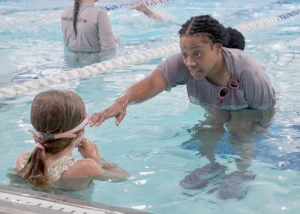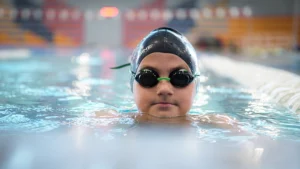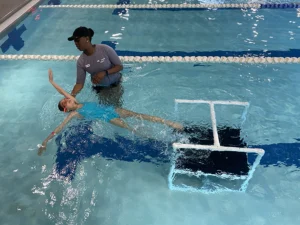Life Jacket Safety Guide for Families
A recent incident in Texas has left parents questioning everything they know about life jacket safety. A well-intentioned mom watched her son almost drown after his Coast Guard-approved life jacket failed him.

This account, which she has shared with news outlets, has shattered our belief in the effectiveness of life jackets. It also has us wondering about the purpose of life jackets.
This family seemingly did everything right: They bought from a reputable company, it was Coast Guard approved, and it even fit the boy perfectly. And the worst part about this story is that this was the second life jacket she’d purchased that failed her son, thinking she may have bought the wrong kind to begin with.
And this frightening situation reminds us that life jackets are just tools, not a substitute for swimming skills.
So let’s dive into how they work, why they may fail, answer the question ‘do life jackets expire? ’, and what parents can do to keep their families safe in and around the water.
Understanding How Life Jackets Work
Life jackets are pretty simple when you break them down. They’re basically filled with foam or air pockets that make you more buoyant in water. Think of them as making you “lighter” so you float instead of sink. The foam takes up space that water would normally fill, which pushes you upward instead of letting you go under.
Major limitations of life jackets:
- They don’t teach swimming skills
- They can fail if damaged, improperly fitted, or defective
- They create false confidence in children
- They’re not designed for active swimming or water play
- They work best when the wearer remains relatively still
The Texas near-drowning incident highlights a concerning truth: even Coast Guard-approved devices can fail. When a life jacket fills with water instead of providing buoyancy, it becomes dead weight, pulling the person underwater, which is exactly what happened in this case.
What Coast Guard Approval Really Means
We assume that Coast Guard approval guarantees safety, but understanding what this approval actually covers is crucial for making informed decisions about life jackets.
Coast Guard approval indicates:
- The device met safety standards at the time of testing
- It provides specific levels of buoyancy when properly fitted
- It passed durability tests under controlled conditions
- It meets minimum requirements for construction and materials
Coast Guard approval does NOT guarantee:
- The device will work perfectly in all real-world conditions
- It won’t have manufacturing defects
- It’s appropriate for all water activities
- It will prevent drowning in every situation
This is what makes this case so mysterious. It was a wake-up call that even approved devices may not perform as intended.
Different Life Jackets, Different Purposes
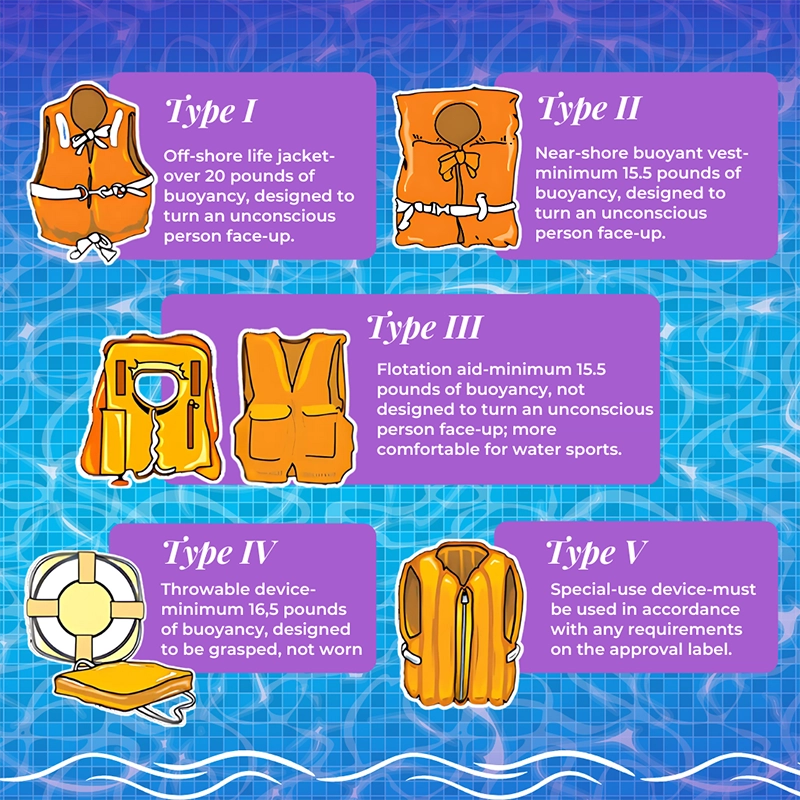
Not all life jackets are created equal. Here’s what you need to know about their differences:
Type I (Offshore Life Jackets):
- Designed for rough, open water
- Provides the most buoyancy (22+ pounds)
- Turns unconscious wearers face-up
- Bulky but most effective for emergencies
Type II (Near-Shore Buoyant Vests):
- Suitable for calm, inland waters
- Provides 15.5+ pounds of buoyancy
- Less bulky than Type I
- May not turn unconscious wearers face-up
Type III (Flotation Aids):
- Designed for calm water with quick rescue likely
- Provides 15.5+ pounds of buoyancy
- Most comfortable for active wear
- Will NOT turn unconscious wearers face-up
Type IV (Throwable Device)
-
Not to be worn, only thrown in case of emergency
Type V (Special Use Devices):
- Activity-specific designs
- Must be worn as intended to be effective
- Often inflatable or hybrid designs
Why Life Jackets Aren’t Swimming Aids
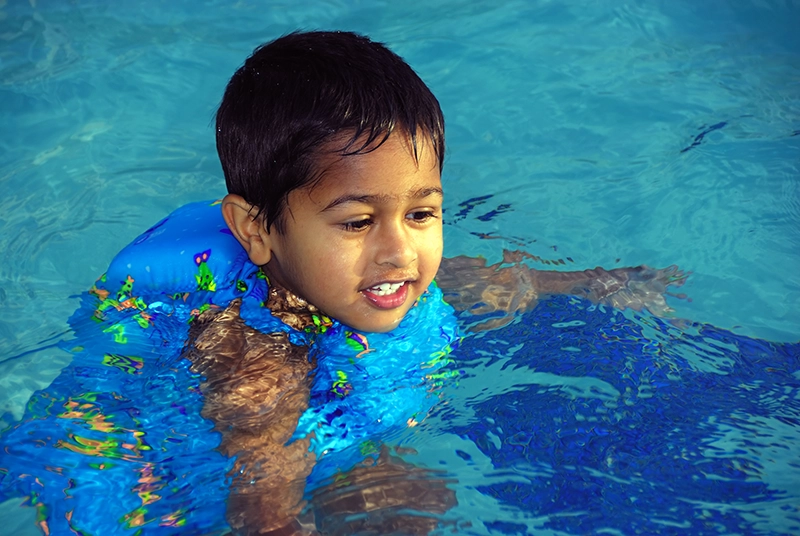
Here’s something that might surprise you: Life jackets aren’t meant for swimming. A lot of parents think buckling a life jacket on their kid means they can safely splash around and learn to swim. That’s actually backwards thinking that can put kids in more danger.
When a child wears a life jacket while in the water, what they are actually learning is to be held up by a float. That is completely different from understanding how their body behaves naturally in water and how to keep afloat when they need to.
How life jackets affect swimming:
- They change body position in water, making normal swimming movements difficult
- They create dependency rather than building confidence
- They prevent children from learning proper water entry and floating techniques
- They give children false confidence about their abilities
- They can inhibit arm movement and normal stroke development
Do Life Jackets Expire?
You know that moment when you’re at your friend’s lake house and they pull out some crusty old life jackets from the boat storage? Those things have been sitting there for who knows how long, and you’re supposed to trust your kid’s safety to them?
Your gut feeling about those sketchy life jackets is probably right— they really can become unsafe over time.
Signs that life jackets need replacement:
- Tears, holes, or worn fabric
- Compressed or damaged foam
- Broken or missing buckles and straps
- Faded or missing Coast Guard approval labels
- Fabric that feels stiff or brittle
- Any signs of mold or persistent odors
When Life Jackets Are Appropriate vs. Swimming Lessons
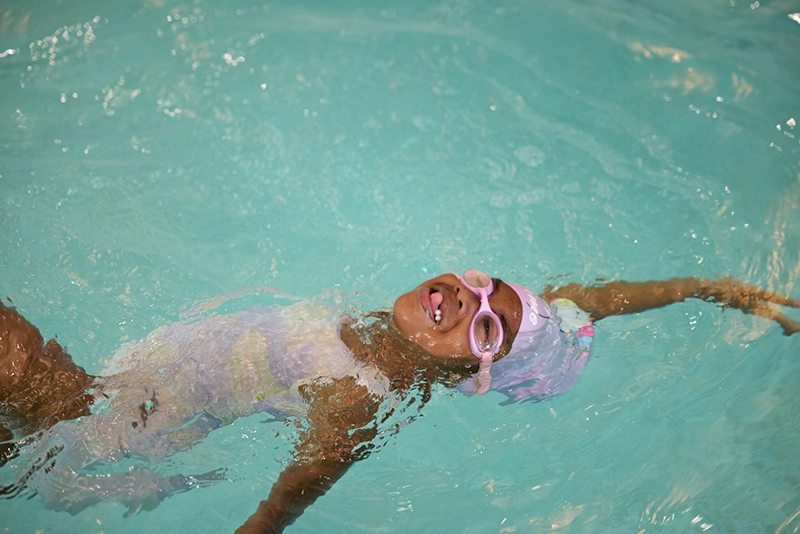
Understanding when to use life jackets versus when to focus on swimming skill development helps parents make better safety decisions.
Life jackets are appropriate for:
- Boating activities
- Fishing from docks or banks
- Beach activities in rough conditions
- Any time children are near water but not swimming
- Emergency situations where rescue may be delayed
Swimming lessons are essential for:
- Pool activities and water play
- Building long-term water safety skills
- Developing confidence and competence in water
- Learning to handle unexpected water situations
- Creating permanent safety skills that don’t depend on equipment
The goal should be developing swimming competence while using life jackets as backup protection during appropriate activities.
Taking Action for Your Family’s Safety
These recent events aren’t meant to strike fear, but as a cautionary tale to help us become better prepared around water. Life jackets are a valuable tool, but they are never a substitute for genuine swimming skills.
Ready to provide your family with the true gift of water safety? Connect with WeAquatics to develop essential water survival skills for little ones aged 6 months to four years old in Infant Swimming Resource™ classes and critical swim skills for all ages in Learn-to-Swim lessons.

